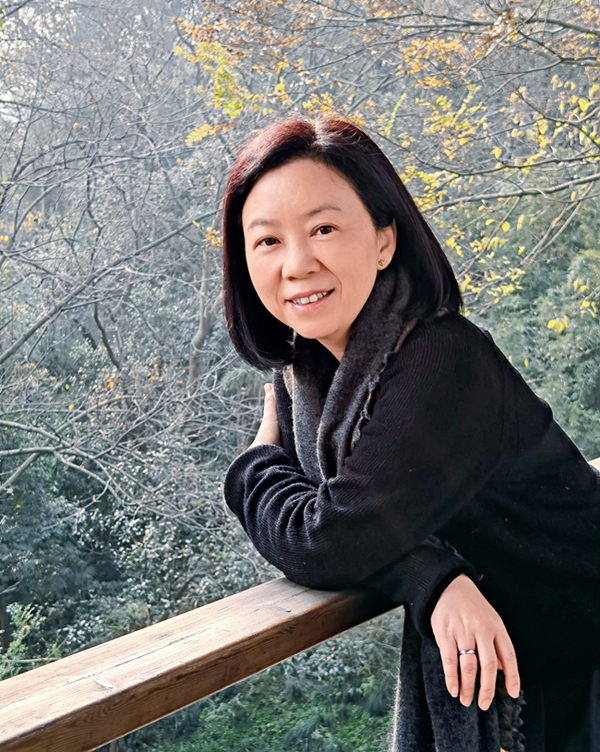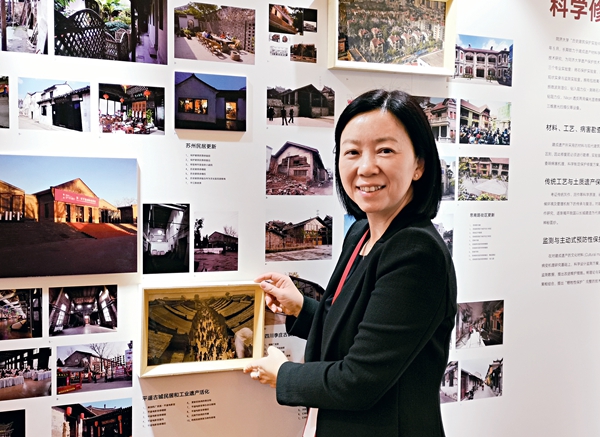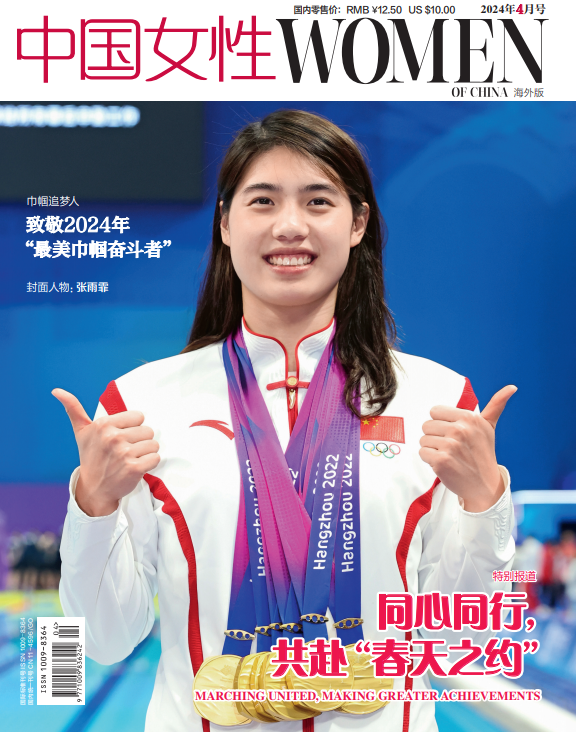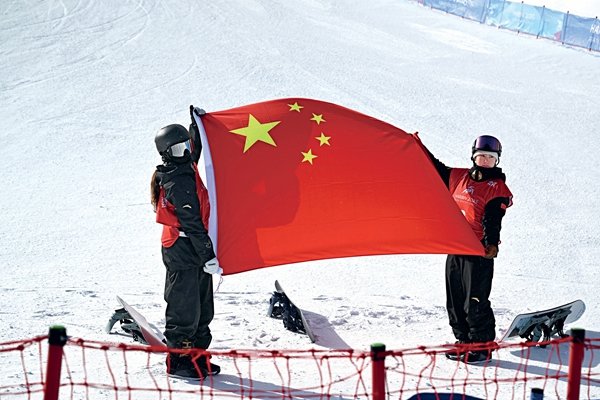My Story About Ancient City, Pingyao

About the Author:
Shao Yong is a professor and doctoral supervisor with the College of Architecture and Urban Planning, under Tongji University. She is Executive Director of the World Heritage Institute of Training and Research for the Asia and the Pacific Region under the auspices of UNESCO, and Vice-Chairperson of the International Committee on Vernacular Architecture under the International Council on Monuments and Sites. She has long been dedicated to researching, teaching and promoting the practices associated with world cultural heritage and urban and rural development history, and she has long been committed to the protection and development of historic cities, towns and villages.

The ancient city of Pingyao, in Shanxi Province, was added to the list of China's renowned historic and cultural cities in 1986.
I first heard about Pingyao from Ruan Yisan, my supervisor, during the 1990s. At that time, he was participating in efforts to help Pingyao apply to be added to UNESCO's World Heritage List. In 1997, the application was approved. Ruan's book, on Pingyao's history, was also published that year. The book contains many photos of both the tangible and intangible cultural heritage in Pingyao.
Although I had indulged in researching the water towns in and around Jiangnan (the scenic region south of the Yangtze River), I looked forward to visiting Pingyao after I had read Ruan's book.
I finally visited Pingyao in 2006, when I was invited to compile a detailed plan for the protection of the ancient city. When I walked through the city, for the first time, I was shocked by the spectacular, and well-preserved, walls and buildings. Also, the warm atmosphere that permeated the daily lives of the residents made me feel at home. The experience of working in Pingyao has long encouraged me to march ahead, especially when I have met difficulties.
My team drafted a well-organized work plan. We compiled a detailed plan for the protection of this World Heritage Site, and we visited and interviewed residents about the conditions in their lives and work. In the plan to protect Pingyao, we highlighted the importance of providing support in employment, renovating traditional dwellings, developing tourism, and improving the living environment. We hoped the locals would enjoy their lives, and the ancient city would generate a renewed dynamism.
I believe the "outstanding universal value" of Pingyao as a World Heritage Site lies in the city's entire structure, and in its cultural relics. That value also lies in the traditional dwellings, and in the lives and culture of the residents. Without residents-targeted protection and development, the protection of an ancient city and the inheritance of its culture will not be sustainable.
We made it clear in our plan the ancient city of Pingyao should be an urban complex with culture as its core function, tourism as its leading industry, and residents as the main support of society. The city's development goal is to become "a living ancient city" and "livable World Heritage Site."
Nowadays, various plants and vegetables are seen in renovated courtyards in Pingyao. Residents like to drink tea and chat with neighbors and/or visitors in their courtyards. That is part of the authentic Chinese lifestyle.
The celebration of Spring Festival lasts from Chinese New Year's Eve to the Lantern Festival (the 15th day of the first month of the Chinese lunar calendar). The festive atmosphere reminds people from big cities of China's cultural traditions.
Disused factories in Pingyao have been transformed into a cinema — also a venue for hosting arts events, including photography and film festivals. It is touching that some young people have returned to Pingyao, after having worked or received education elsewhere, and some have started businesses in Pingyao.
Traditional areas in a city form the cultural foundation of the city, and those areas represent the uniqueness and the lifestyle of the city. We should protect old blocks and courtyards, and we should improve the infrastructure and livability of traditional urban areas. In this way, traditional Chinese culture embodied in the cities will be carried forward, and urban civilization, with Chinese characteristics in the new era, will be cultivated.
Photos from Shao Yong
(Women of China English Monthly August 2024)
Editor: Wang Shasha
Please understand that womenofchina.cn,a non-profit, information-communication website, cannot reach every writer before using articles and images. For copyright issues, please contact us by emailing: website@womenofchina.cn. The articles published and opinions expressed on this website represent the opinions of writers and are not necessarily shared by womenofchina.cn.








.jpg)

 WeChat
WeChat Weibo
Weibo 京公网安备 11010102004314号
京公网安备 11010102004314号